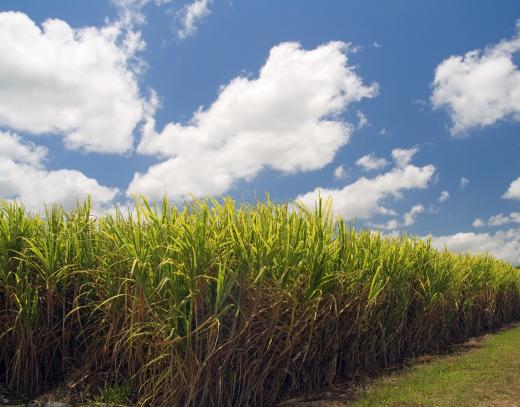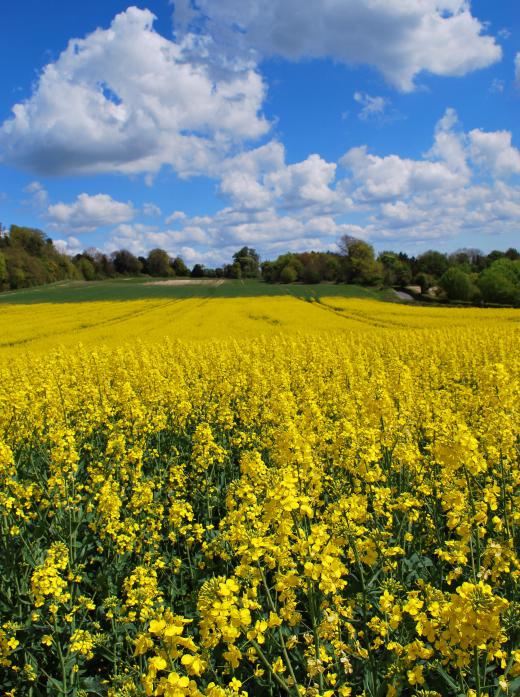What Is Environmental Biotechnology?
Environmental biotechnology is a field of science and engineering that utilizes organic and living systems to clean up environmental waste, prevent pollution through the development of green technologies, and improve upon industrial processes such as in the manufacture of bioplastics and biofuels through enzymatic actions. The field of environmental science and technology is becoming increasingly broad-based as industries look for more efficient and less polluting methods of production to comply with government regulations. One of the main arenas that environmental biotechnology is focused on as of 2011 includes remediation of old industrial pollution such as that of toxic metal contamination of soil or groundwater. Beneficial commercial developments include biomining, biofuel, and bioplastic production, and microbial treatment of wastewater streams.
Many modern nations have environmental biotechnology research centers that are both publicly and privately funded to advance environmental science technology. Examples of these include the Environmental Biotechnology Cooperative Research Centre (EBCRC) in Australia that is focused on industrial pollution control, and the Center for Environmental Biotechnology (CEB) in the US that researches hydrological and microbial systems as they relate to issues of climate change and environmental remediation using biological processes. While much of this research traditionally involves the life sciences of microbiology and agricultural research, chemical engineering also plays an increasingly important role in the field. This is due to the fact that many synthetic industrial compounds are known to be xenobiotic, accumulating in ecosystems and living organisms since they are not easily broken down by natural processes over time.

Among the most significant of environmental technology solutions that is offered by research and development into environmental biotechnology is that of the production of waste-based feedstocks. Feedstocks are useless materials produced by one industrial process that can find additional value in another process instead of being an environmental pollutant and waste product both in material and energy costs. The development of feedstock systems has been most strongly researched for ethanol fuel production and through byproducts created in the paper industry. Wood pulp and bark waste from paper production can be used to ferment biofuels, as well as materials like waste vegetable oil (WVO) from commercial restaurant chains, green waste from municipalities, and crop waste from sugar cane and beet production.

Other types of feedstock includes corn stover, a waste corn byproduct that can be used to create ethanol, and soybean soapstock, a byproduct of soybean oil production that can be used to create biodiesel fuel. Environmental biotechnology also seeks to utilize resources and land that do not directly have any value in food production. This involves the cultivation of plants that grow well with saltwater irrigation in coastal ocean or desert regions where typical food crops cannot survive. The halophytes, including Salicornia bigelovii which is a species of dwarf saltwort, are examples of plants that produce biofuel yields comparable to what can be made from soybeans and other oilseed-based grains.
AS FEATURED ON:
AS FEATURED ON:













Discuss this Article
Post your comments